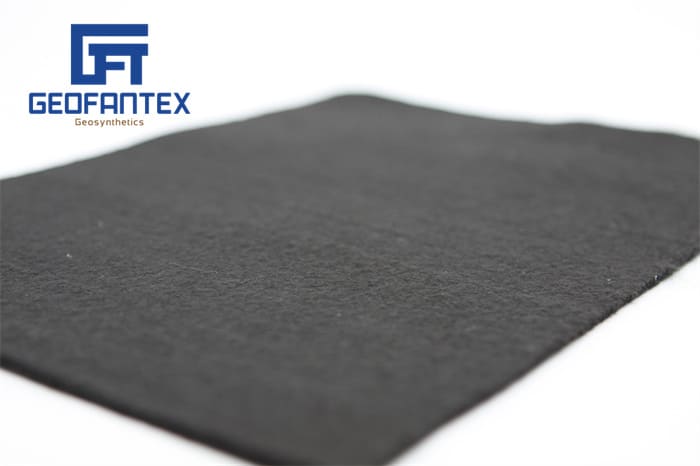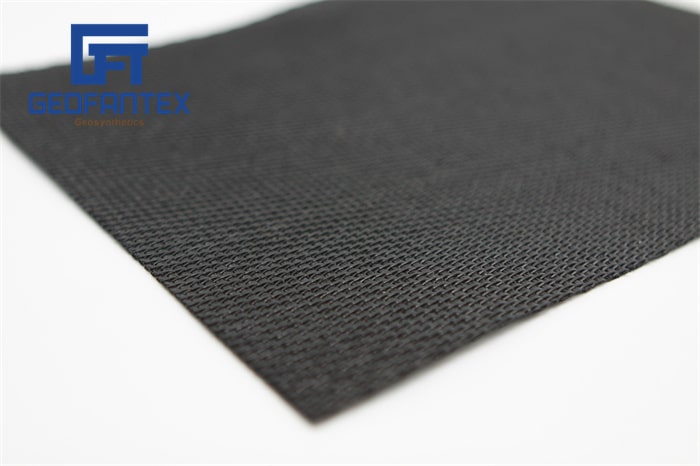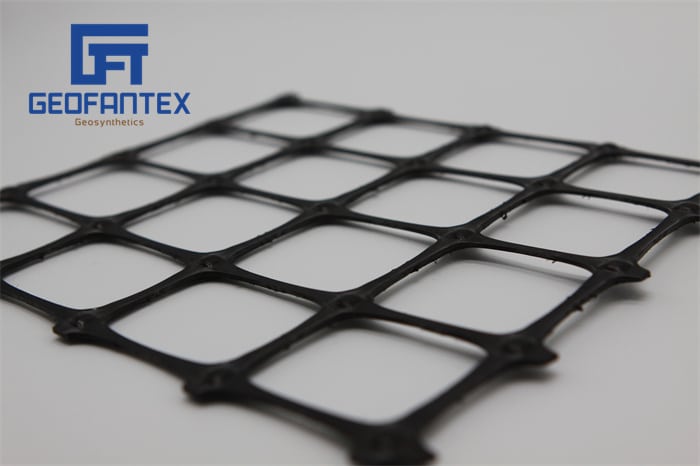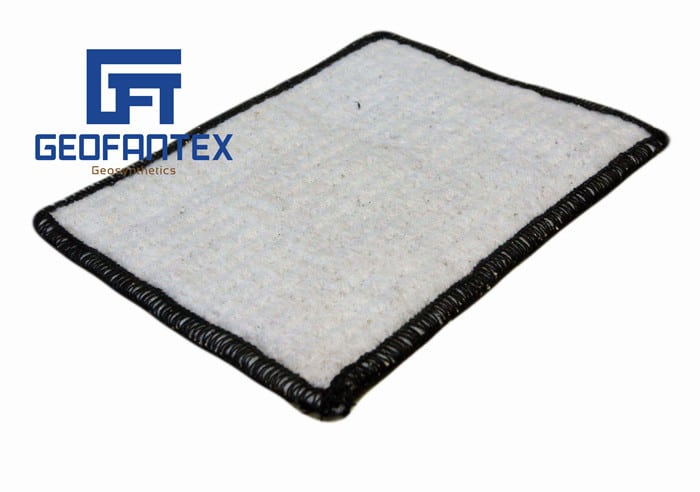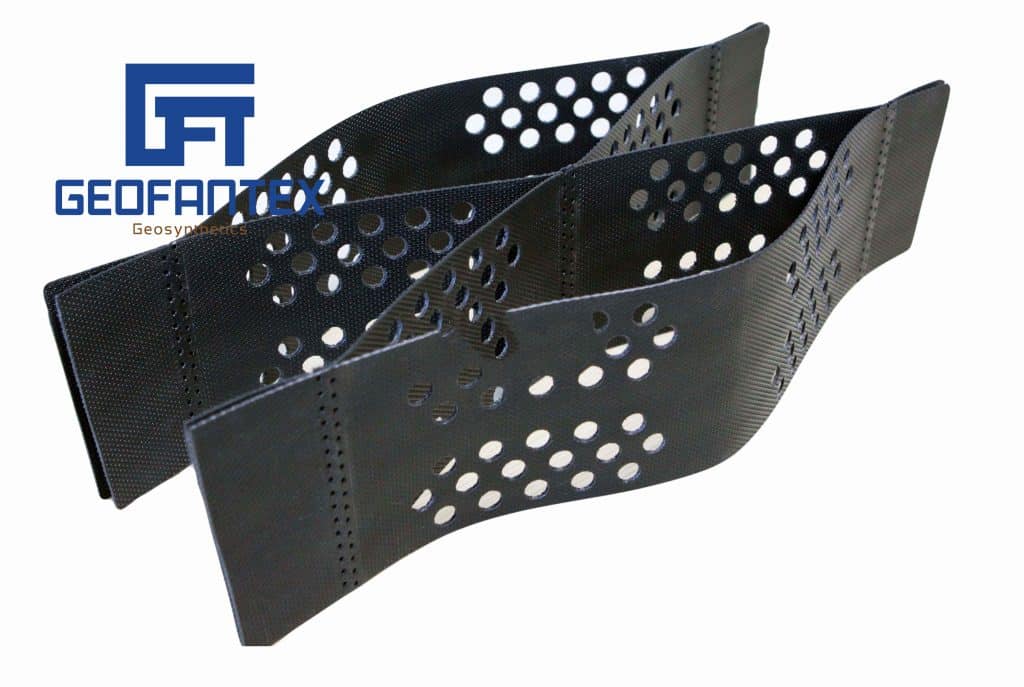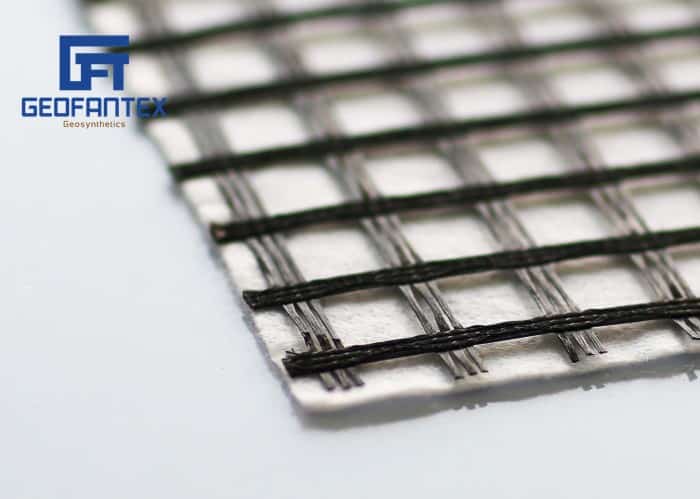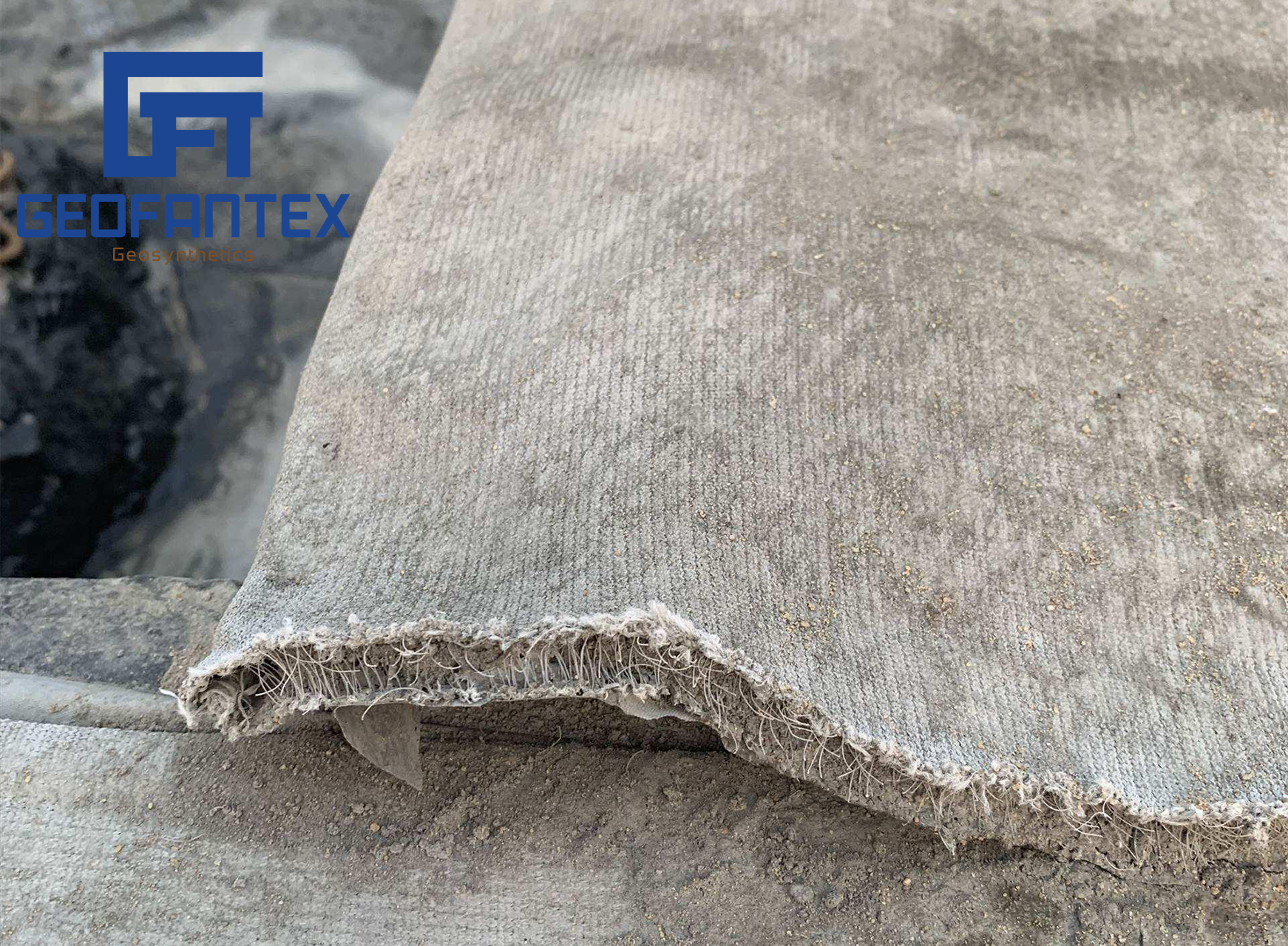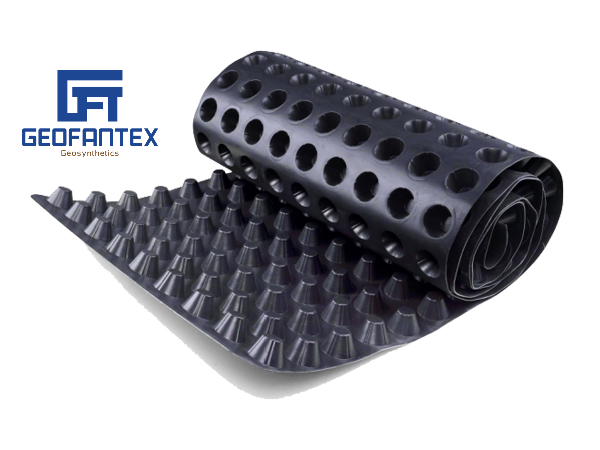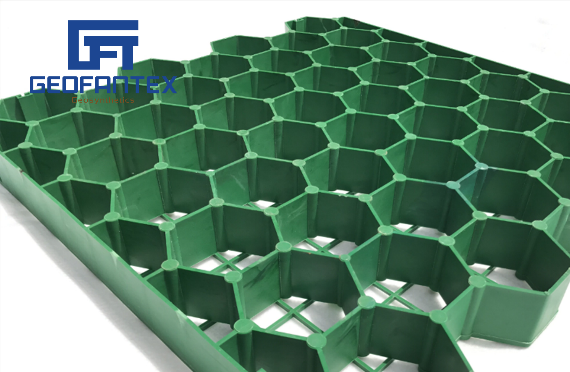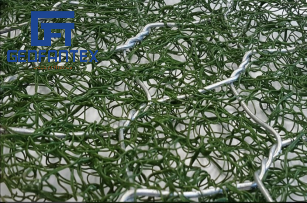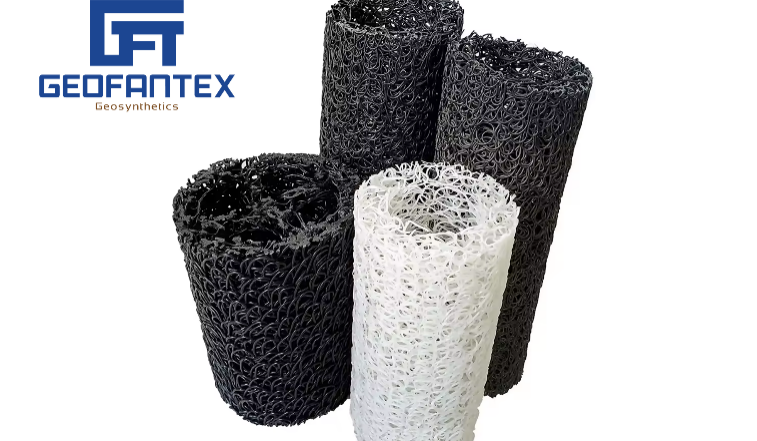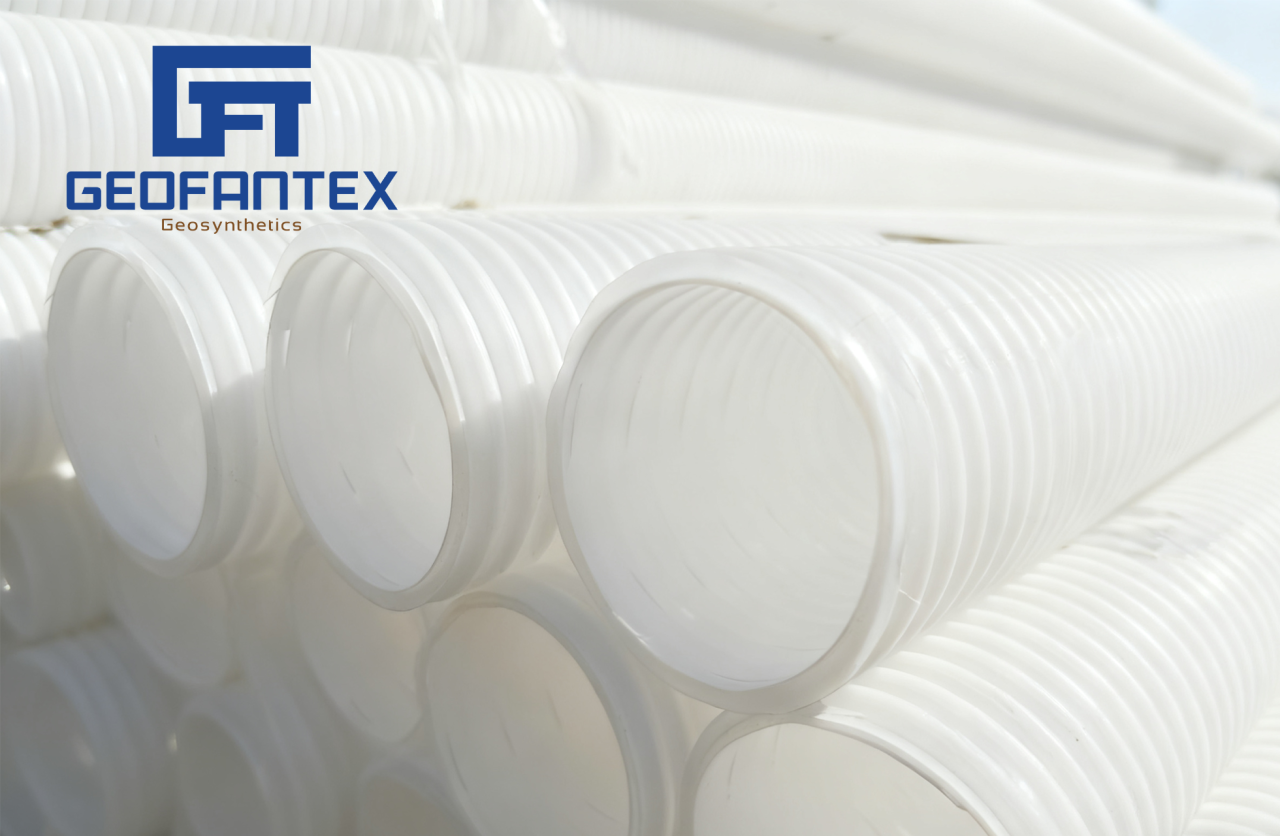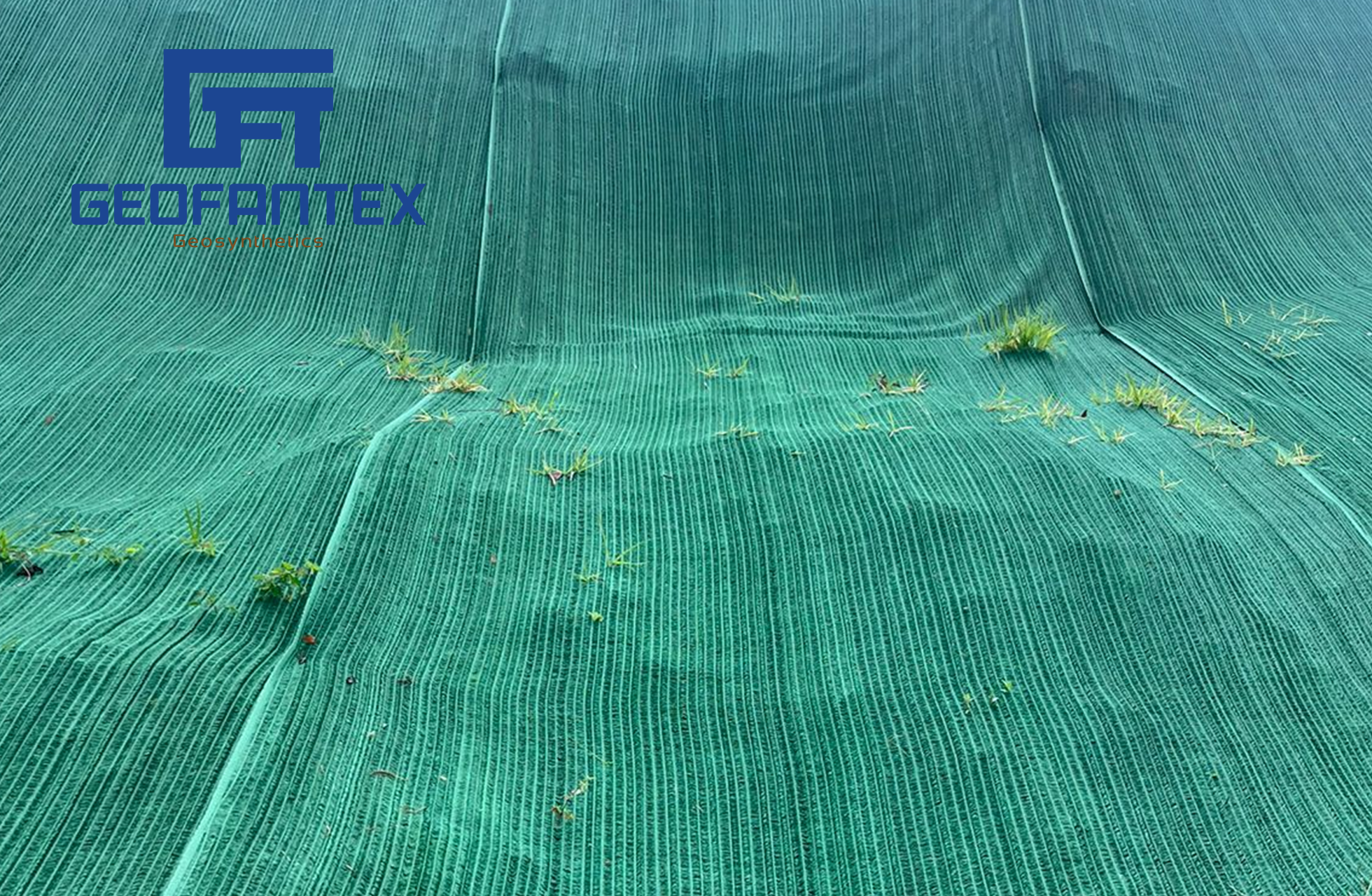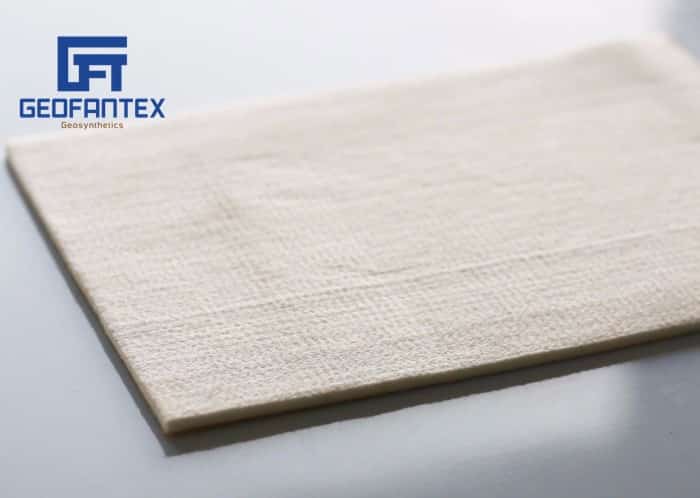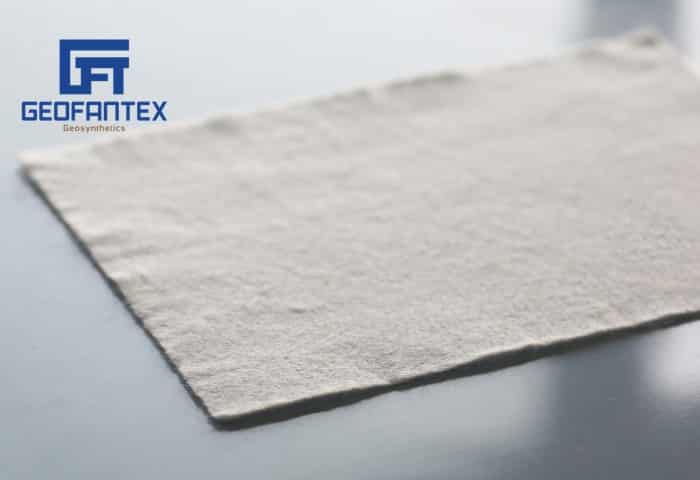+86-159 9860 6917
info@geofantex.com
geofantex@gmail.com
+86-400-8266163-44899
Geosynthetics are revolutionizing the civil engineering industry, and one of the most innovative solutions gaining traction is the geo cell grid. This advanced material is being used to enhance soil stabilization, improve load-bearing capacity, and contribute to more sustainable infrastructure projects. In this article, we will explore how geo cell grids are being utilized and why they are essential for modern construction.
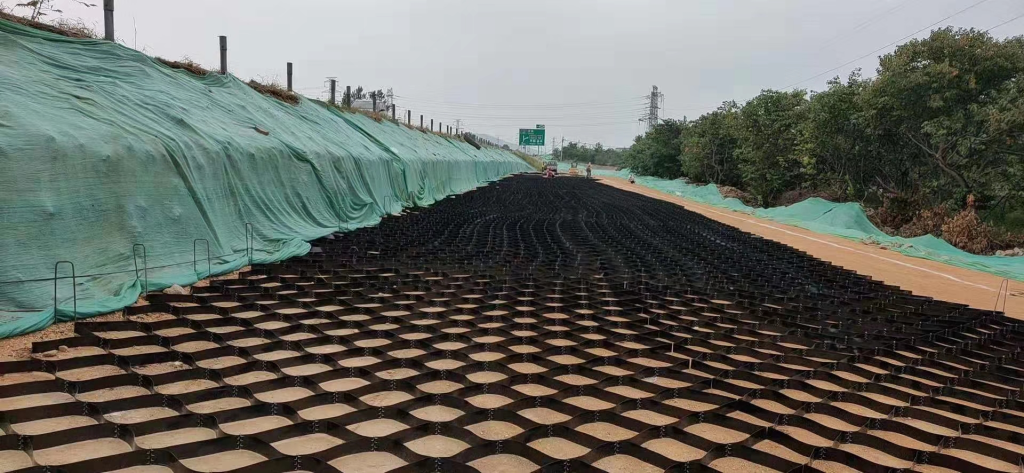
What is a geo cell grid and how does it work?
A geo cell grid is a three-dimensional honeycomb-like structure made from geosynthetic materials, typically high-density polyethylene (HDPE) or polyester. It is designed to confine and reinforce soil or other materials, creating a stable foundation for a variety of construction projects. The cells within the grid interlock, preventing lateral soil movement and distributing loads more effectively. When filled with materials such as gravel or sand, geo cell grids significantly improve the load-bearing capacity of the ground, making it ideal for road construction, embankments, and erosion control applications. For further insights, refer to this article on soil stabilization techniques.
What are the key benefits of using geo cell grids in construction?

The use of geo cell grids offers several key benefits:
- Improved Soil Stability: By confining soil and reducing lateral movement, geo cell grids stabilize loose or weak soil, making it suitable for load-bearing applications.
- Increased Load-Bearing Capacity: The grid’s design helps distribute loads evenly, preventing excessive settlement or deformation under weight.
- Enhanced Erosion Control: Geo cell grids are often used for slope stabilization and erosion control on embankments and waterways, as they prevent soil erosion and protect against surface runoff.
- Cost-Effective: The grid reduces the need for heavy construction materials like concrete or stone, making it a more cost-effective solution in comparison to traditional methods.
For a broader understanding of the applications, visit sustainable construction materials.
In which types of projects are geo cell grids most commonly used?
construction applications. Some of the most common uses include:
- Soil Reinforcement for Foundations: In areas with low-bearing capacity soil, geo cell grids are placed beneath foundations to provide extra strength and prevent settling.
For more on the advantages in road construction, check out this article on construction technologies. - Road and Pavement Construction: Geo cell grids are used to improve the stability of the ground in road construction, especially in areas with weak or unstable soil.
- Slope Stabilization: They are used in areas where slopes may be prone to erosion or shifting, providing additional support and preventing soil loss.
- Landfills and Waste Management: The geo cell grid is used to create stable base layers in landfills, ensuring proper waste containment and preventing leakage.
How do geo cell grids contribute to sustainability in construction?
The use of geo cell grids supports sustainability efforts in construction projects in several ways:
- Long-Term Durability: The longevity and durability of geo cell grids result in less frequent repairs and maintenance, ensuring that infrastructure remains sustainable over time.
For more on sustainable building practices, explore the green construction movement. - Reduced Material Usage: By enhancing the strength of the soil, geo cell grids reduce the need for additional construction materials such as gravel, stone, or concrete, leading to fewer resources being extracted and used.
- Lower Carbon Footprint: As geo cell grids help reduce the need for heavy machinery and high material usage, they contribute to a reduction in the carbon footprint of a project.
In conclusion, geo cell grids are an essential tool in modern civil engineering and construction. With benefits such as increased soil stability, cost savings, and sustainability, their use is rapidly growing in various sectors like road construction, slope stabilization, and erosion control. As the demand for geosynthetics increases, the impact of geo cell grids on both the environment and construction efficiency will only continue to expand, offering more eco-friendly and durable solutions for future infrastructure needs.
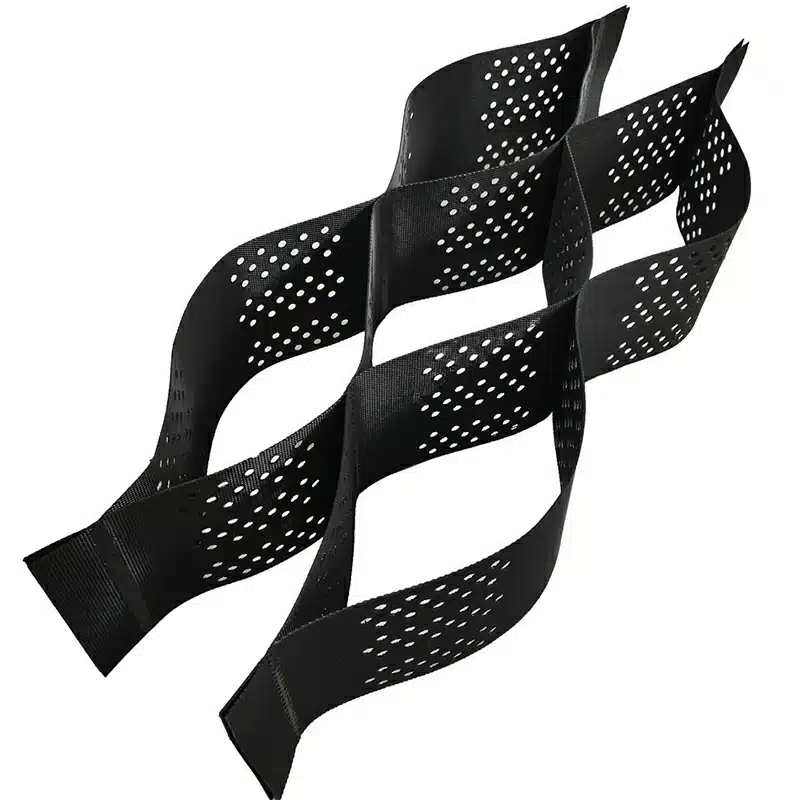
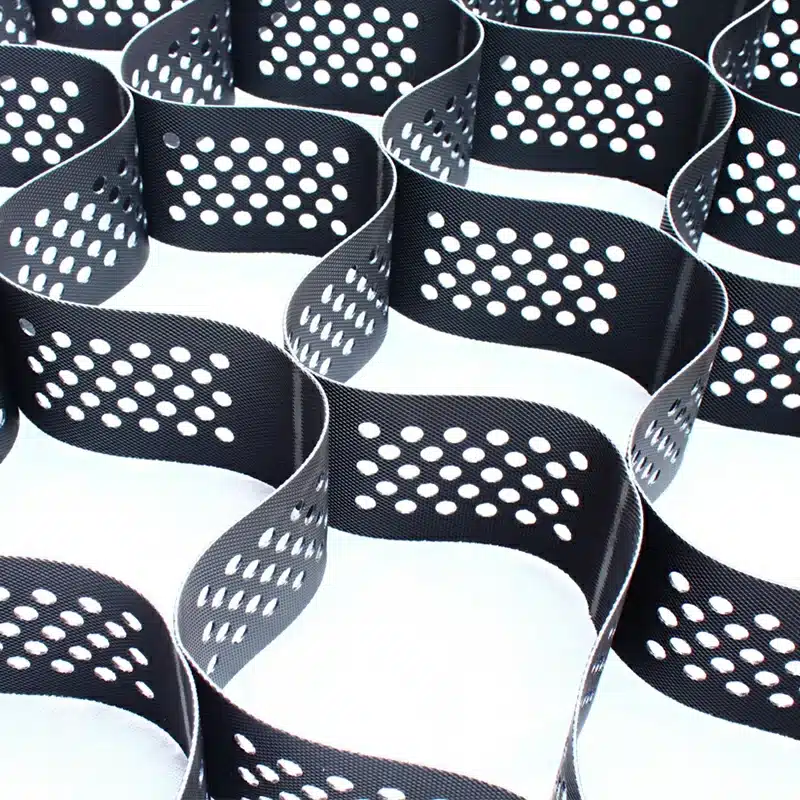
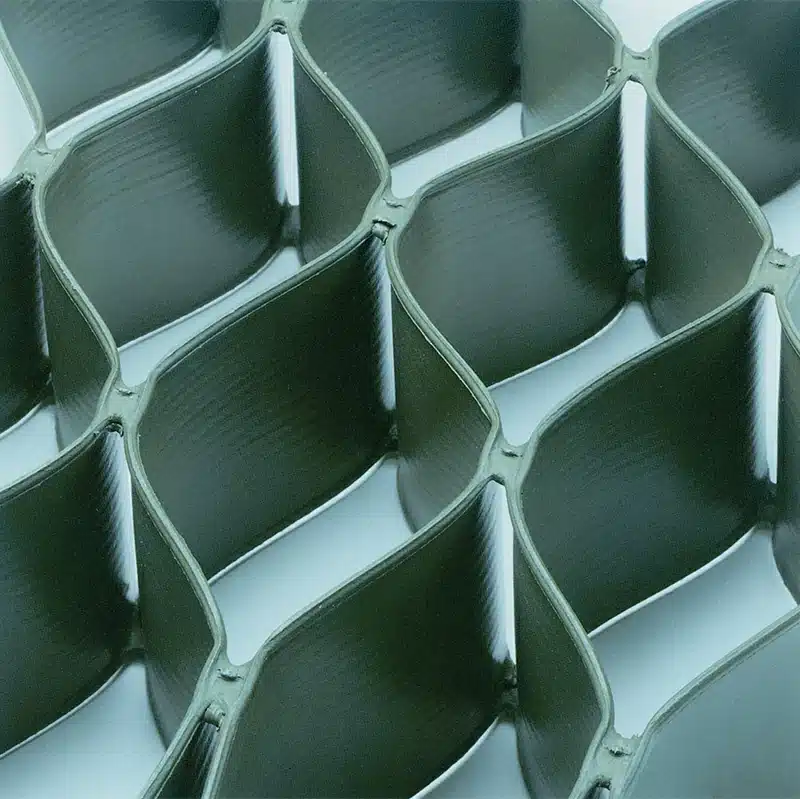
Get Free Sample
We’ll respond as soon as possible(within 12 hours)

